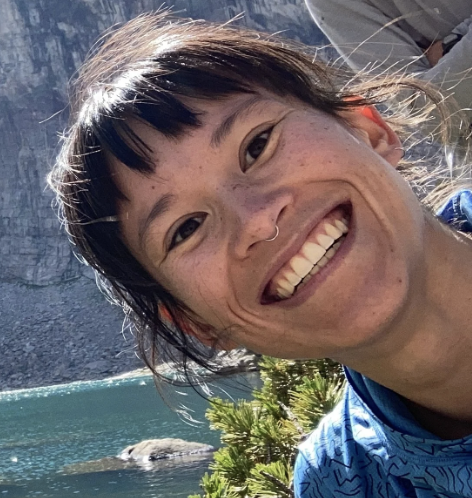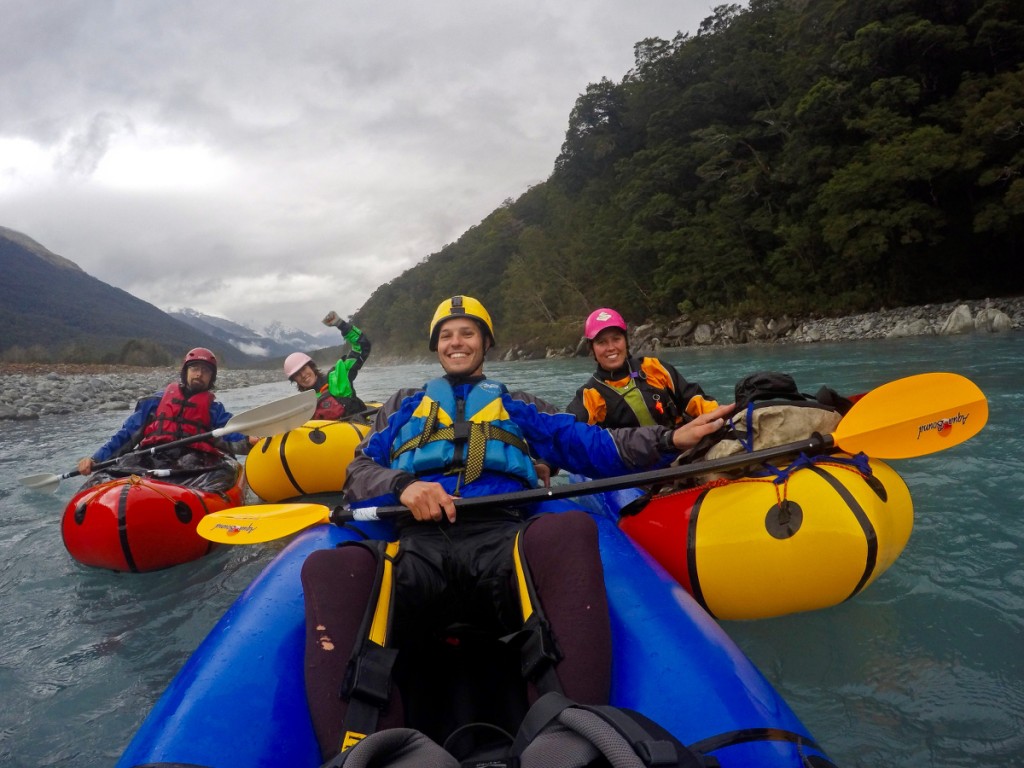NOLS instructor Mike Dooley talks about lessons from a sea kayaking leader training course in San Francisco Bay.
Where did you go for your trip and how long was it?
In February 2016 I was a participant on a British Canoe Union (BCU) 5-Star Sea Kayak Leader Training. The three-day course was located at Golden Gate, the entrance to San Francisco Bay.

Which skills were you working to develop?
I took this training to strengthen my technical sea kayak skills, rescue skills, navigation skills, and group management skills. We practiced assisted rescues in locations with strong currents, up to 2 knots. Time was spent on advanced rescue scenarios with unconscious swimmers and launching and landing kayakers who are unable to paddle due to injury. In addition, we did a night paddle and covered safety considerations for sea kayaking during the night, using specific strategies for navigating on the water in darkness.
How will this trip benefit you as an educator?
This trip has encouraged me to take the extra time to prepare classes with excellent activities and information in order to deliver high quality leadership and technical skills classes in remote classrooms.
What were some highlights from the trip?
The night paddle was far and away the highlight of the course for me. We put on the water at Horseshoe Bay, just east of Golden Gate Bridge on the Marin Headland. The evening was beautiful: stars, occasional clouds, lights from San Francisco, and the lights from Bay Bridge had me in awe. We started with basic paddling skills to help us determine the distance we’ve paddled based on time and number paddle strokes. The later half of the session explored nighttime navigation on the water; we identified navigation lights to determine our location, specific islands, and inlets in San Francisco Bay.
What did you learn about leadership?
The need for leadership is most crucial in informal settings when there is likely not a designated leader. This most commonly occurs when recreating in peer groups, when all members are friends and nobody is assigned as the person in charge. This learning became obvious to me when going through medical/rescue scenarios with a group of strangers. It was difficult for us to perform well when there was not a designated person to take direction from; instead, all of us where trying to give each other direction and it became inefficient and disorganized. In later scenarios we assigned somebody to take on the designated leadership role; the result was better communication, more effectiveness and time efficiency, and better use of group resources.
Which part was most exciting for you?
Gordon Brown, legendary sea kayak instructor, was the coach for this training. Previously I had spent hours studying his professional videos and books implementing his teachings into my paddling. It was pretty rewarding to know how much my paddling has developed since 2010 (the first time I sat in a kayak—on a NOLS course) and to be able to participate in a training taught by this excellent coach. Being able to shadow some of the best sea kayak coaches in the world is definitely something special and a good way to learn new ways to teach people the amazing skill of sea kayaking.

I’d like to thank the NOLS Staffing and Training Department for their support and helping make this training more affordable for me.
Embark On A Sea Kayaking Adventure with NOLS
Join NOLS on a remarkable sea kayaking journey through the iconic Golden Gate waters. Enhance your teaching skills, find inspiration in the coastal wilderness, and connect with like-minded educators. Embrace the opportunity to grow personally and professionally - explore NOLS Sea Kayaking Expeditions today!
Related Posts
Educator Expedition: Kiwi Boot Camp
Risk Management in the Outdoors: Beyond the NOLS Course
3 Steps to Successful Conflict Management
- Sea Kayaking
- Nols Alaska
- Educators Notebook
- Becoming An Instructor
- Education
- Idf
- Instructor Development Fund (Idf)
Written By
Mike Dooley
Mike is a backpacking and sea kayaking instructor from Colorado. He enjoys whitewater kayaking, powder skiing, and cooking. He was a participant on a NOLS Alaska course in 2010 and has been working for the NOLS since 2013.




 A short paddle on the Landsborough River before the rains came: Aaron Reimer, Amy Christeson, Ben Weigl, Dulkara Martig (pictured left to right). Photo courtesy of Amy Christeson.
A short paddle on the Landsborough River before the rains came: Aaron Reimer, Amy Christeson, Ben Weigl, Dulkara Martig (pictured left to right). Photo courtesy of Amy Christeson.